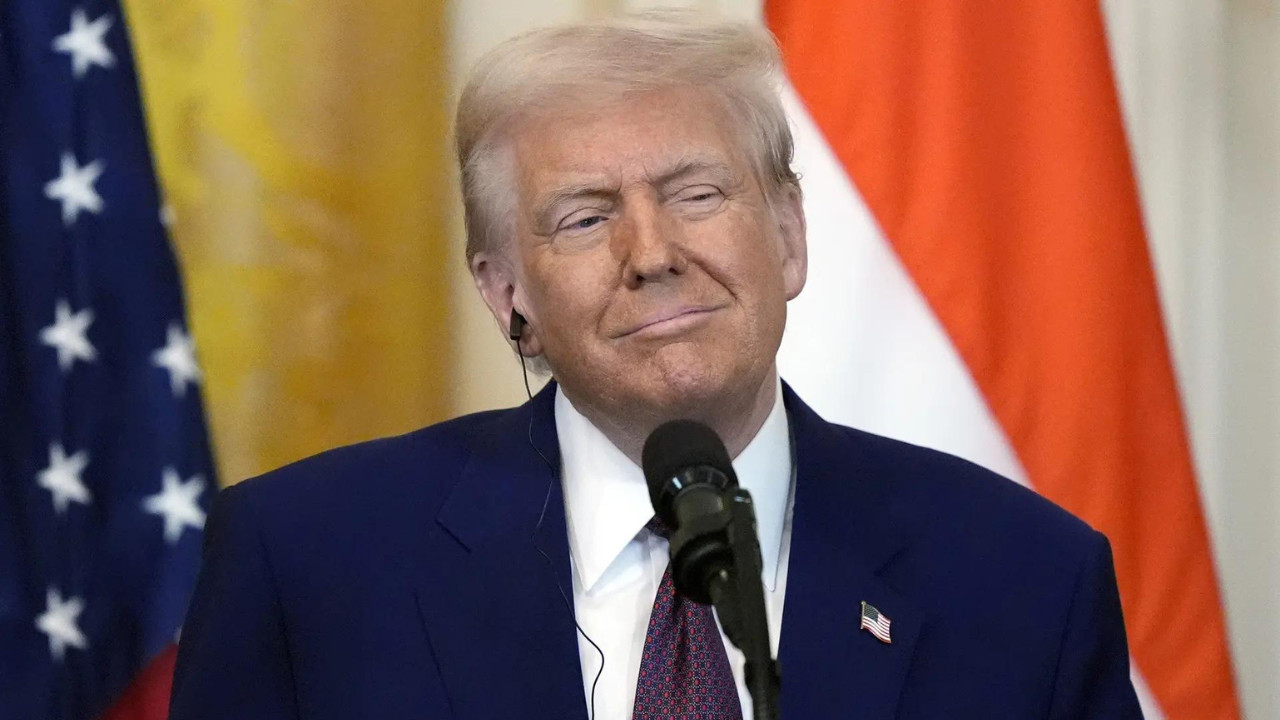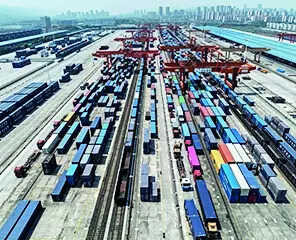Singapore maintained its lead as India’s top FDI source for the seventh consecutive year, reaching $15 billion in 2024-25, while overall equity inflows surged by 13% to $50 billion. Total FDI hit a three-year high of $81.04 billion, marking a 14% increase. Singapore’s strategic financial position and favorable tax agreements contribute to its significant investment role in India.
Singapore Still Loves India: A Look at the FDI Flow and What It Means
Okay, let’s talk money – specifically, the kind of money that jet-sets across borders and sets up shop to build factories, create jobs, and generally boost economies. We’re talking Foreign Direct Investment, or FDI. And lately, all eyes in India have been on where that investment is coming from. The answer, loud and clear, for the seventh year running, is Singapore.
Yup, the little red dot on the map continues to punch way above its weight, remaining India’s top source of FDI. That’s a pretty big deal. Forget the hype about other potential big players – Singapore has consistently delivered the goods, funneling significant capital into the Indian economy year after year. So, what’s going on? Why this enduring love affair between the two nations?
Well, it’s a complex dance, but let’s unpack it. Firstly, Singapore’s got a reputation. It’s a financial powerhouse, a place where capital feels safe, and regulations are (relatively) predictable. For investors, especially those a little wary of navigating the complexities of the Indian market, Singapore offers a familiar and comfortable springboard. It acts as a sort of intermediary, a trusted launching pad for funds headed to India. Think of it as the Switzerland of Asia, but with better weather.
Then there’s the Comprehensive Economic Cooperation Agreement (CECA) between India and Singapore. It’s not just some fancy trade deal; it’s a significant facilitator. It streamlines investment, reduces tariffs, and generally greases the wheels for businesses looking to operate across both countries. This ease of doing business is a major draw. No one wants to drown in red tape before they even break ground on a new factory.
But it’s more than just favorable regulations and a friendly handshake. There’s a deeper, more strategic rationale at play. India represents a massive, untapped market. We’re talking a billion-plus potential consumers, a rapidly growing middle class hungry for goods and services, and a burgeoning tech sector ripe for innovation. Singaporean investors recognize this potential, and they’re playing the long game.
They’re not just looking for quick profits; they’re investing in the future of India. This is evident in where the money is flowing. While specific sector breakdowns fluctuate year to year, key areas attracting Singaporean FDI typically include services, manufacturing, and computer software and hardware. Think everything from building infrastructure and setting up factories to developing cutting-edge technology. This suggests a long-term commitment to India’s economic growth and diversification.
Now, let’s not paint too rosy a picture. There are definitely challenges on the Indian side. Bureaucracy, infrastructure bottlenecks, and land acquisition issues can still be major headaches for investors. While India has made significant strides in improving its business environment, it’s a continuous process. Overcoming these hurdles will be crucial for attracting even more FDI, not just from Singapore, but from all over the world.
Furthermore, the geopolitical landscape is constantly shifting. Other countries are vying for a bigger piece of the Indian investment pie. China, Japan, and the United States are all keen to strengthen their economic ties with India. So, while Singapore currently holds the top spot, it can’t afford to rest on its laurels.
The real question isn’t just about who’s investing the most right now, but about the quality of the investment and its impact on India’s long-term growth. Is the FDI creating high-skilled jobs? Is it promoting sustainable development? Is it fostering innovation and technological advancements? These are the metrics that truly matter.
Looking ahead, the relationship between India and Singapore is likely to remain strong, but it needs to evolve. We need to move beyond simply relying on Singapore as a conduit for investment and focus on building deeper, more strategic partnerships. This means collaborating on technology, sharing expertise, and fostering innovation on both sides.
Ultimately, Singapore’s continued dominance as India’s top FDI source is a testament to the strong economic ties between the two nations. It highlights Singapore’s strategic role as a gateway to the Indian market and the growing confidence in India’s long-term economic potential. But it’s a dynamic landscape, and India needs to continue working to improve its investment climate and attract diverse sources of capital to fuel its ambitious growth story. The future looks bright, but it will require continuous effort and a strategic vision to ensure India remains a magnet for global investment.
📬 Stay informed — follow us for more insightful updates!







